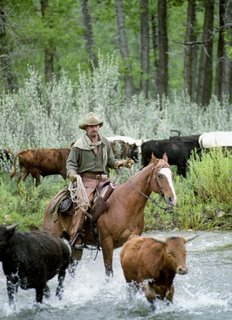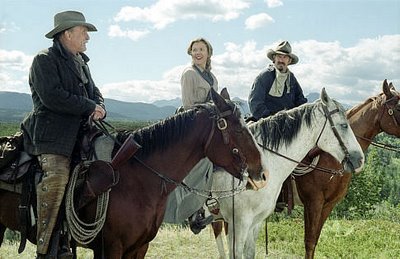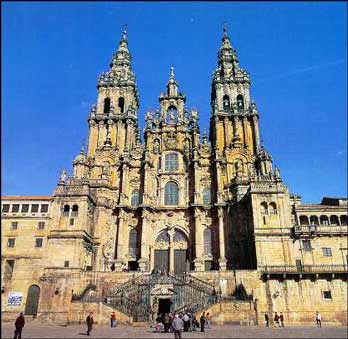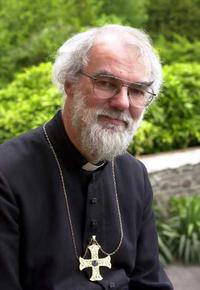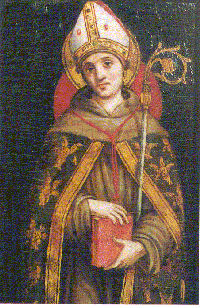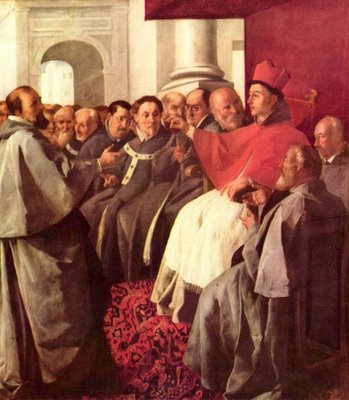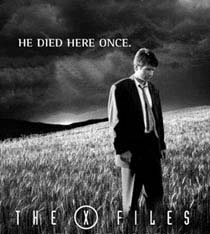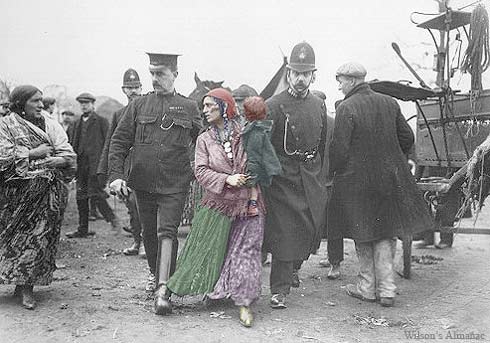Sigh - here we are in the other Dead Zone - nope, I don't mean the TV series, as opposed to the movie, I'm speaking of the dearth of commentary in blogworld lately. Perhaps this isa good time to post about a subject no one really likes to think about ... suicide.
I'm not really sure why suicide is considered a sin (maybe someone will tell me :-), unless it's due to that idea that our lives belong to God and we're just renting them out, so to speak. But leaving that theological question behind for the moment, it might be illunimating to check out some facts ...
Wikipedia writes that more people kill themselves each yar than are murdered, or killed in wars, or die of AIDs, and the numbers are probably higher than reported, due to religious and legal complications. More men sucessfully kill themselves, although more women make attempts at suicide. Whites are more likely to kill themselves than other races, and most people commit suicide in the spring and summer. Suicide is not always an act of despair and selfishness ...
Sometimes it's committed as a form of protest or defience. As Wikipedia writes ...
In the 1960s, Buddhist monks, most notably Thích Quảng Đức, in South Vietnam gained Western praise in their protests against President Ngô Đình Diệm by burning themselves to death. Similar events were reported in eastern Europe, such as the death of Jan Palach following the Soviet invasion of Czechoslovakia.It's also committed sometime as an act of sacrifice in war, in an attempt to save others ...
For instance, soldiers under cannon fire at the Battle of Waterloo took fatal hits rather than duck and place their comrades in harm's way. The Charge of the Light Brigade in the Crimean War. But I'd guess that most of the time, despair and an inward-gazing have a lot to do with it ... illness, a perceived "difference" from others, financial problems, old age, loneliness. Even those illuminaries you'd think would be immune to such worries sometimes subcomb ... ranked among the famous people who've committed sucide are writer
Virginia Woolf, missionary
Minnie Vautrin, artist
Vincent van Gogh, and psychiatrist
Sigmund FreudSt. Ignatius of Loyola was tempted by thoughts of suicide (
read more) and St Thérèse of Lisieux, in her illness, is said to have considered suicidal ....
"What a grace it is to have faith! If I didn’t have faith I would have committed suicide without hesitating a moment." (
The Tablet).
One of my favorite writes,
Robert E. Howard, apparently did not have the resources granted Ignatius and Thérèse, for he took his own life at age 30, upon hearing that his mother would never recover from a coma. Here's one of his earliest poems ...
The Tempter
Something tapped me on the shoulder
Something whispered, "Come with me,
"Leave the world of men behind you,
"Come where care may never find you,
"Come and follow, let me bind you
"Where, in that dark, silent sea,
"Tempest of the world n'er rages;
"There to dream away the ages,
"Heedless of Time's turning pages,
"Only, come with me."
"Who are you?" I asked the phantom,
"I am rest from Hate and Pride.
"I am friend to king and beggar,
I am Alpha and Omega,
"I was councillor to Hagar
"But men call me Suicide."
I was weary of tide breasting,
Weary of the world's behesting,
And I lusted for the resting
As a lover for his bride.
And my soul tugged at its moorings
And it whispered, "Set me free.
"I am weary of this battle,
"Of this world of human cattle,
"All this dreary noise and prattle,
"This you owe to me."
Long I sat and long I pondered,
On the life that I had squandered,
O'er the paths that I had wandered
Never free.
In a shadow panorama
Passed life's struggles and its fray,
And my soul tugged with new vigor,
Huger grew the phantom's figure,
As I slowly pressed the trigger,
Saw the world fade swift away.
Through the fogs old time came striding,
Radiant clouds were 'bout me riding,
As my soul went gliding, gliding,
From the shadow into day.
***
Lord ... remember ... those whose faith is known to you alone. - Eucharistic Prayer




